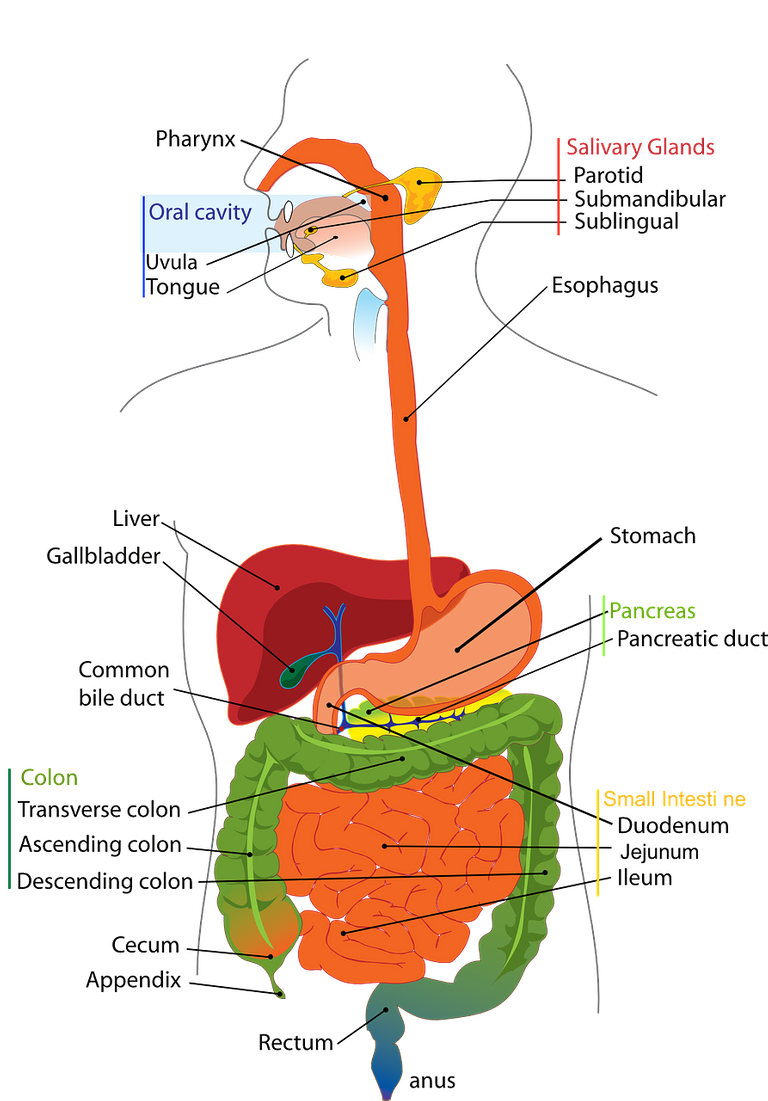Nutrient interactions

from PxHere
Dietary supplements do not act in isolation; they work in concert with one another. A lot of their actions are similar to one another. It is necessary to break down carbohydrates into smaller glucose units before they can be digested, for example. Because enzymes are composed of proteins, this degradation is unavoidable.
After glucose units have been taken into the circulation and released as energy, enzymes are required for the digestion of the glucose units to occur. Carry it out to satisfy the energy requirements of the body Proteins in meat, as opposed to carbohydrates and fats in vegetables, are the only nutrients that can repair and build damaged tissue. A consequence of this is that if the diet does not contain adequate carbohydrate and fat sources to meet the body's energy requirements, the body will not have enough energy to develop. People who have previously achieved an adequate protein diet with a certain quantity of protein have shown increased nitrogen retention.
Numerous metabolic functions that occur in the body are facilitated by the presence of a large number of different vitamins. Examples of B-complex vitamins include thiamine, which is required for the release of energy from the body.
This is because B-complex vitamins are essential for energy creation; otherwise, the many reactions that occur throughout this process will not be completed, and so no energy will be created. Additionally, the availability of many vitamins, minerals, and nutrients in the body is required for the production of blood in the body. The presence of minerals such as copper and iron is seen alongside the presence of vitamins such as vitamin B12 and folic acid.
In a few instances, it has been demonstrated that the presence of certain vitamins can dramatically boost the absorption and use of specific minerals. Take vitamin C as an example. It is necessary to have vitamin C in the body for calcium to be absorbed by the body. When vitamins and minerals are ingested into the body, the great majority of them act as co-enzymes and prosthetic groups, respectively.
It is clear from the few examples of nutritional interrelationships shown above that a well-balanced diet is required and crucial for the correct functioning of all body systems.
The digestion and absorption of carbohydrates, proteins, and fats are all covered.
The alimentary canal, often known as the digestive tract, is the location where the whole digestion process takes place. It is necessary to modify the majority of meals taken in the mouth before they can be absorbed into the circulation and carried to the cells of the body, where they may be utilized.
Nutritional digestion refers to the process by which foods are broken down into a form that can be digested. In contrast, absorption is the process by which the end products of digestion pass through the lining of the digestive system and enter into the bloodstream. Dietary digestion and absorption are two different processes. Although digestion is essentially a chemical process brought about by the actions of several enzymes, it is also a physical event of significant importance.
Looking at the graphic below can help you obtain a better knowledge of the digestive tract of the body

Source
The small intestine is where digestion is completed, with protein being broken down into amino acids, carbohydrates being broken down into monosaccharides, and fat is broken down into fatty acids and glycerol. These enter through the small intestine's wall and into the circulation, where they are absorbed by the body and put to use by the organism. While amino acids and monosaccharides, which are both absorbed directly into the circulation, lipids, and glycerol are absorbed through the lymphatic system, which is a more complicated process.
Thanks for your contribution to the STEMsocial community. Feel free to join us on discord to get to know the rest of us!
Please consider delegating to the @stemsocial account (80% of the curation rewards are returned).
Please consider including @stemsocial as a beneficiary to get a stronger support.
Congratulations @kethel! You have completed the following achievement on the Hive blockchain and have been rewarded with new badge(s):
Your next target is to reach 3500 upvotes.
You can view your badges on your board and compare yourself to others in the Ranking
If you no longer want to receive notifications, reply to this comment with the word
STOPSupport the HiveBuzz project. Vote for our proposal!